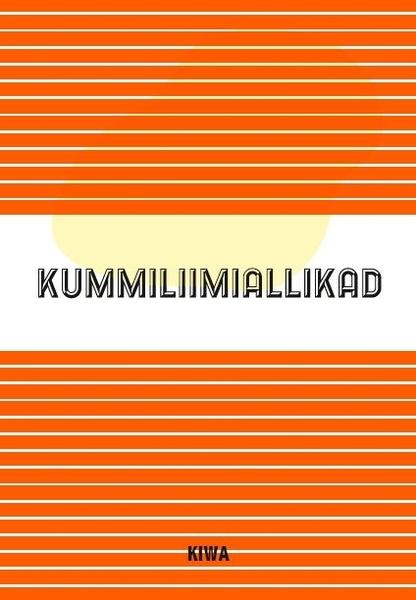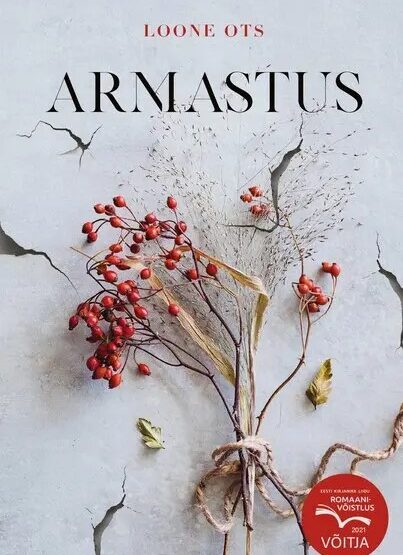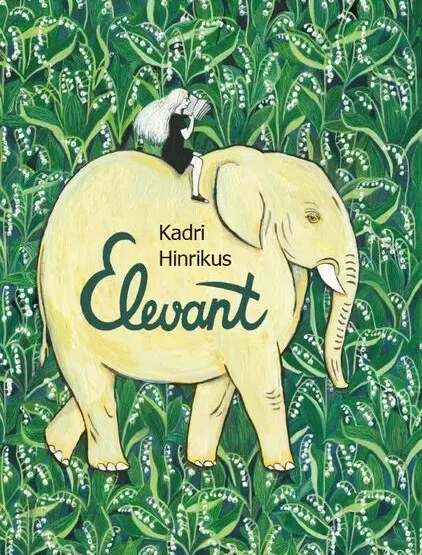Kiwa (Jaanus Kivaste) dabbles in an array of creative fields: he is perhaps best known as an artist but is also a composer, curator, publisher, and writer. In a recent interview, Kiwa classified himself as an “experimentalist”; someone who does not wish to be repetitive or stick to a single medium, and therefore must reinvent themselves time and again.
He doesn’t appear to be fond of anything linear, which is demonstrated with particular flair in his musical compositions that dazzle listeners with kaleidoscopic electronic landscapes.
Sources of Rubber Glue is probably the most approachable of Kiwa’s literary works, which of course does not mean it’s particularly so. The story, at least at first, takes place at the end of the Soviet occupation. It is a time when “the whole empire was rotting at full tilt” and “the Chernobyl hedgehogs’ sad Stalker-heads of were already reflecting on the first shiny surfaces of the objects behind the curtain”. The empire is populated by “norm-core peeps”, i.e., those whose boringly normal lives are of no interest to the regime, and “bent circles”, which earn the authorities’ heightened attention due to their opposition or extreme indifference towards the system. One of the protagonists (or possibly “experienced agents”) is Alissa, who appears to lie somewhere between the two classifications.
As the USSR made a point of preventing anti-regime-ists from physically exiting the empire, yet the lackluster surface of everyday life was concurrently bothersome and oppressing, people like Alissa had to be creative to experience a state of absence. Some turned to drink, but alcohol was still a little earthly and grounding, and wasn’t always easy to acquire. Household chemicals extended an unexpected helping hand to separate one from reality, and rubber glue rose to the top of their ranks.
Quite early in the book, readers might identify Alissa as a behind-the-Iron-Curtain (or simply the glue-sniffing) twin of Lewis Carroll’s well-known heroine, but the similarities fade as the writing transitions from narrative to total experience. All linearity is terminated and, after a series of leaps, time loses its former meaning and importance. This, however, sharpens the senses towards the details and the structures created; pulling descriptions closer to existence without becoming a mere account of a mental state. Kiwa’s writing strides in step with the state, not trotting briskly behind it.
Sources of Rubber Glue earned a special mention in the Estonian Writers’ Union’s 2021 Fiction Contest for its unique application of language and style. It is a truly fascinating “text-machine” that tickles the unfamiliar depths of the reader’s brain with an abundance of invented and forgotten words that blend various layers of time. Kiwa’s writing haunts and stimulates to an outstanding degree for such a slim book.
Kiwa
Kummiliimiallikad / Sources of Rubber Glue
Tänapäev, 2021, 164 pp.
ISBN 9789916171110





